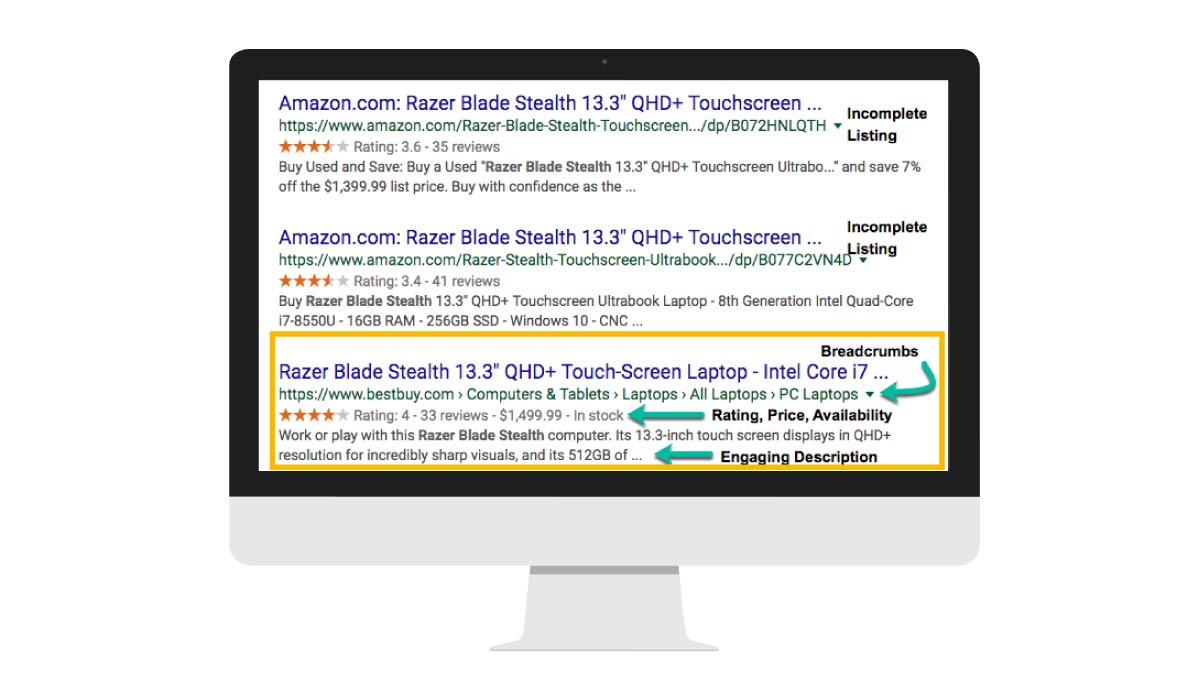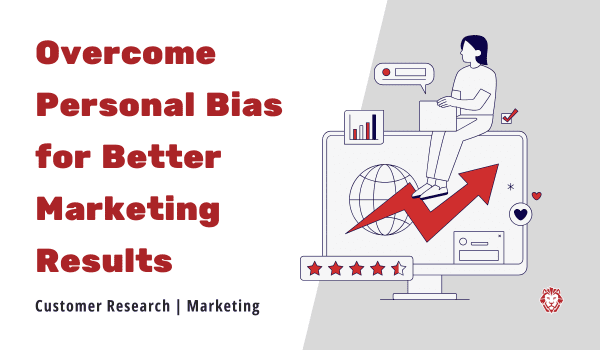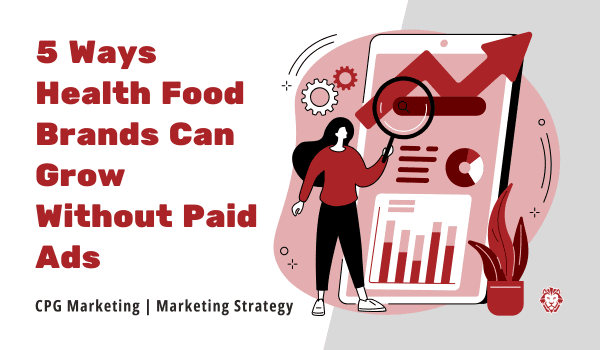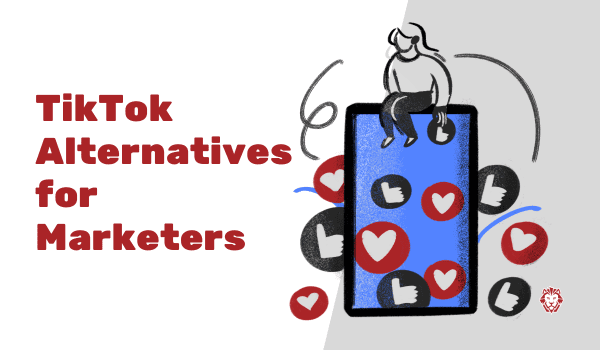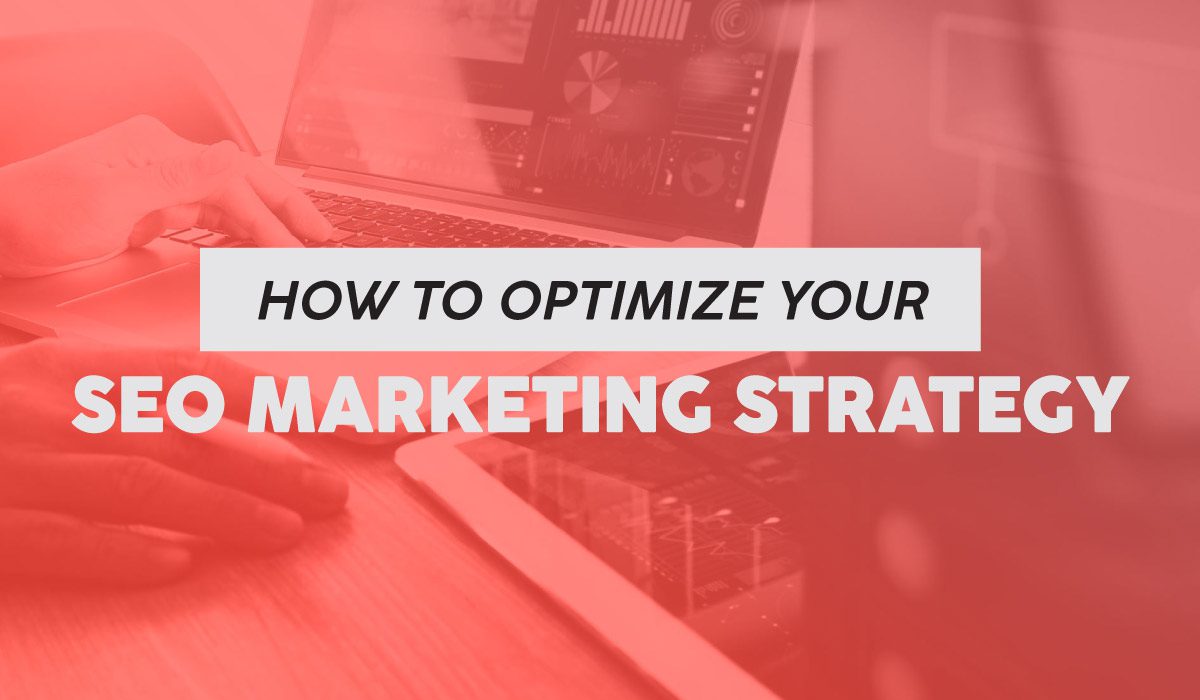
Effective SEO Marketing Strategy Optimizations
SEO is a complicated beast. There are many different aspects that go into a proper SEO strategy, and business owners often overlook them. As a result, many websites lack the strategy they need to be successful. SEO is constantly changing, so if a business isn’t staying up to date with Google’s latest algorithm changes or modern best practices, then it’s highly likely that its strategy is outdated and no longer performing the way it used to.
Having an optimized SEO marketing strategy is paramount in the modern web scape. It can make or break your business depending on how well it’s done. By the end of this article, you should have a working understanding of the various aspects of SEO and why they’re essential to your business’s success.
Table of contents
On-Page SEO
Content Optimization
Keywords
Technical Details
Off-Page SEO
Backlinks
How Do You Create An Effective Backlink Strategy?
What Are Rich Snippets?
On-Page SEO
The first step towards proper SEO optimization needs to start with the on-page elements. All the high-quality backlinks in the world won’t save your page from obscurity if the on-page experience isn’t good. There are many facets of a well-planned and executed SEO optimization strategy. Everything from technical details to the content on the page itself can make an impact—either positively or negatively—on your webpage’s ranking.
Content Optimization
The contents of your website are the heart and soul of your SEO strategy. There are thousands of websites out there competing to be on the first page for any given topic, and you won’t be able to differentiate between them. So whether it’s a product page, blog, article, etc., you need to make sure that every page on your website contains relevant, engaging content that stands out from the pack.
But what makes content relevant?
At the most basic level, relevant content meets the needs of its audience. If everything from the text on your page to your image choices is made with the needs of the audience in mind, it’s much more likely to have a high SERP ranking and drive more conversions. It’s also essential to make as much of your content as possible “evergreen.” Evergreen content is essentially content that maintains its relevancy over time.
For example, this article is evergreen because the concepts we discuss will be relevant to organizations’ success for years to come. But if this article was about SEO trends for the month of September 2022, it would lose its relevance as soon as new trends emerged in October.
The needs of your audience are directly related to what queries they’re using as they search. This is where keyword optimization starts to come into play. Meeting the needs of your audience is directly related to curating your content around specific keywords.
Keywords
Keywords are an essential part of your SEO marketing strategy. They play two important yet distinct roles in the customer acquisition process.
- Keywords act as a summation of your page’s content.
- Keywords are used to determine what content is appropriate to place in the SERP for any given search query.
When you’re creating your keyword strategy, it’s important that these two roles inform how you write your content.
It’s also important to keep in mind that there are different types of keywords, and each is used to meet a different set of needs. As you’re planning out your content, think about the user intent behind the search terms you want to rank for.
Informational Keywords
When informational keywords are used, it means that users are searching for answers about a particular topic.
Informational keywords can revolve around literally any information known to man.
“How much do Facebook Ads Cost?”
“Optimize Your SEO Marketing Strategy”
“Top PPC strategies”
While searches like these don’t necessarily indicate that the user is interested in signing up for or buying your service/product, it’s still a good idea to include it in your strategy. After all, getting users onto your website is half the battle. If you’re providing high-quality content, you’ll be more likely to get a conversion by redirecting them to your products or services with a well-placed CTA.
Transactional Keywords
These are the keywords that signal that users are ready to make a purchase or sign up for a service. When creating your strategy, implementing transactional keywords into your paid media and organic content can help you reach these customers who are already at the bottom of the marketing funnel.
Transactional keywords can be found in searches like:
“Hire Security Guards”
“Cloud Solution Services Provider”
“Car Wash Near Me”
These are typically the most competitive keywords because they can bring immediate results to a business.
Navigational Keywords
A navigational keyword indicates that a user is trying to locate a company’s website or physical storefront.
If someone is using a navigational keyword, they are likely already familiar with the brand. These are typically high-intent keywords, and since they’re searching for a specific business or product, they are likely less competitive than transactional keywords.
Commercial Keywords
Commercial keywords are most commonly found in search queries where users want to know more about a product or service they’re interested in. These keyword phrases could come in many different forms; comparisons with other brands, product details, pros and cons lists, and special offers are just a few examples of the types of searches that contain these keywords.
Users making these types of search queries are typically in the middle of the marketing funnel. It’s imperative that you create content that targets these keywords and drives the sale home.
Technical Details
While your content is vital for an effective SEO marketing strategy, there are other aspects of your website that can also have an impact on your ranking. Namely, having an excellent on-page experience is the only way you’re going to wind up getting customers to stay on your page and eventually convert. You can have all the top-tier content in the world, but it won’t do you any good if users aren’t sticking around to see it.
It’s also important to note that back in August of 2021, Google began officially looking at user page experience as a ranking factor. And while the company has stated that page experience doesn’t override content quality, if multiple pages are providing high-quality content, Google will give a higher ranking to the page with a better user experience.
Core Web Vitals
Core Web Vitals is a report provided by Google that shares insights from actual user data so you can see how well your website is performing. The Core Web Vitals report tracks three different metrics: largest contentful paint (LCP), first input delay (FID), and cumulative layout shift (CLS).
The LCP measures the amount of time that it takes for the largest element within the user’s viewport to render. Google tracks this metric because it signals that the webpage hasn’t hung. The “group LCP” reports the time it takes for 75% of users to load the largest image. If you have large images or videos, it can really bog down the load time. One way to help improve your LCP metric is to compress image files as much as you can without losing image quality.
First input delay measures the time it takes for a browser to respond to users clicking on an interactable element on your webpage. Once again, the “group FID” represents the experience of 75% of website visitors.
CLS represents how much page shifting occurs while a user is on your page. If you have pop-up ads that shift other elements of the page down, you’ll have a higher CLS score. The lower your CLS score, the better the user experience.
Mobile Optimization
Optimizing your website for mobile searches is becoming increasingly important. Back in 2018, Google started using mobile loading speed as a ranking factor. Aside from that, mobile searches now make up a whopping 63% of Google’s organic search traffic. If your website isn’t optimized for mobile devices, then you’re likely missing out on a sizable amount of traffic.
Google’s aptly named Mobile-Friendly test will give you an idea of what changes need to be made to your website to optimize it for mobile. Sometimes it may be as simple as redesigning your website’s pop-up ads for mobile or choosing a website theme that is responsive and changes to fit mobile screens of various sizes.
Off-Page SEO
Creating engaging content and having a properly functioning website aren’t the only things you have to worry about when optimizing your SEO marketing strategy. There’s a lot of legwork that needs to be done off-page to earn a good SERP ranking and gain traffic. Off-page SEO dips into many different aspects of being a webmaster. Having an understanding of coding, metrics, and understanding how to navigate the intersection of PR and SEO are all musts for anyone who wants to be successful.
Backlinks
Backlinks need to play a key role when planning to optimize your SEO marketing strategy. If you’re unfamiliar with backlinks, think of them as a verification mark next to your social media profile. Having a blue check mark makes you stand out as a verified individual. Depending on your industry, that can help you stand out as a trusted source of information. Backlinks achieve the same goal—only for websites.
Backlinks can be gained in several different ways. If you’ve previously established yourself as a trusted voice in any sector, you can get backlinks organically as other websites refer to your page. This level of recognition can take years to achieve on its own, and you may never actually reach a level where this occurs consistently.
Alternatively, you can search for opportunities to earn backlinks from authoritative websites. This is one area where SEO, content creation, and public relations all intersect. You can earn backlinks by reaching out to authoritative figures and websites in your business space, regularly speaking at relevant conferences, and even searching for opportunities to do guest posts on other websites.
Gaining high-quality backlinks is crucial for gaining a higher ranking from Google.
Backlink Quality
Have you heard the phrase “all PR is good PR?”
It’s a lie. Some PR opportunities are objectively better than others, and some PR opportunities are so bad that you should avoid them entirely. The same is true of backlinks.
A site’s Domain Authority rating—also called Ahrefs Rank or Authority Score, depending on what software you’re using—is a rating of how well a website is predicted to rank on the search engine results page (SERP). A higher DA rating means the website is more likely to rank.
It’s important to note that domain authority is not a ranking factor and isn’t the end all be all of SEO. But, it can be a good indicator of which domains you want to earn backlinks from.
Gaining backlinks from websites with higher domain authority not only makes it more likely that users see the links and visit your page but signals to the algorithm that well-regarded and high-ranking sites trust you as an authoritative source. Try to get backlinks from sites with a domain ranking of fifty or above.
Another good metric to look at when choosing earned backlinks is the toxicity score. A toxic link is the opposite of a high–quality link. According to Semrush, toxic backlinks often come from websites that try to manipulate the algorithm through various different methods. Some such websites are even set up with the express purpose of providing backlinks.
Having backlinks from sites with a high toxicity rating can negatively impact your Google ranking, so make sure you do your homework when reaching out to other websites and disavow any low-quality backlinks you receive.
How Do You Make An Effective Backlink Strategy?
Having a sound, well-thought-out plan for attaining backlinks is crucial for optimizing your SEO marketing strategy. Part of that strategy needs to be carefully selecting websites to reach out to. But you need to consider the types of links you want these other domains to use when referring to your site. There are many types of backlinks that you can receive, including text and images.
Anchor Text Backlinks
Getting anchor text backlinks goes back to creating relevant and engaging content. As other websites refer to your website, they will take text that is relevant to your content and hyperlink it back to your website. Moz explains that anchor text backlinks can use the same or similar keywords as your content, refer to your website name or URL, or even use generic words to direct traffic to your site.
Image Backlinks
If you’re not implementing images in your SEO strategy, you’re missing out. Humans are visual creatures, and it’s easier for our minds to process information when it is presented to us visually. When done right, images are highly engaging and can make for great backlinking opportunities.
Infographics are a great example. They’re visually appealing, are easy to follow (when made correctly), and can share the same information as an article in only a fraction of the time. A good infographic is easy to share and can draw tons of attention.
If all goes well, other websites should link the image back to you to give you credit. But if they don’t, you can claim backlinks from any websites that are using your work and failing to attribute it to your site.
What Are Rich Snippets?
Rich Snippets are a SERP feature that shows more details from your landing page than a generic search listing. A Rich Snippet could include ratings, a text block pertaining to the search query, informative details or descriptions, and even images.
While Rich Snippets might just seem like a superfluous value add, there have been studies that suggest they can increase the number of users visiting your website by more than 40%! That’s a lot of traffic that you can gain with just a little back-end work.
Google provides a vast assortment of different snippets that you can use to enhance your SERP listing’s visual appeal and attract more visitors. There are snippets for blogs, FAQs, events, reviews, and even videos. Regardless of what type of content you need to work with, there’s a snippet for you.
How Do You Implement Rich Snippets?
In order for Google to add Rich Snippets to your SERP listing, you have to incorporate structured data into the page’s source code. SEMrush has a fantastic blog that walks you through every step of the Rich Snippets creation process.
If you want to get Rich Snippets for your business’s website, there are two options. The first option is to add the structure to your website personally. If you’re comfortable with coding, this is the most cost-effective way to get Rich Snippets. You’ll need a thorough understanding of the schema and formatting necessary for Google to recognize your snippet.
If coding isn’t your strong suit, or you don’t want to spend valuable time working on back-end SEO, working with a company that understands SEO—like Fidelitas—can take the extra work off your plate.
Optimize Your SEO Marketing Strategy Today
SEO needs to be a major component of your marketing strategy, and if it isn’t optimized correctly, it can put your business at a severe disadvantage. Even if you don’t have all the technical skills necessary to do the work in-house, partnering with an agency that understands the SEO landscape can help you hit the ground running.
If you’re ready to take your business to the next level with an optimized SEO marketing strategy, contact Fidelitas today to learn how we can help you get started with SEO.






